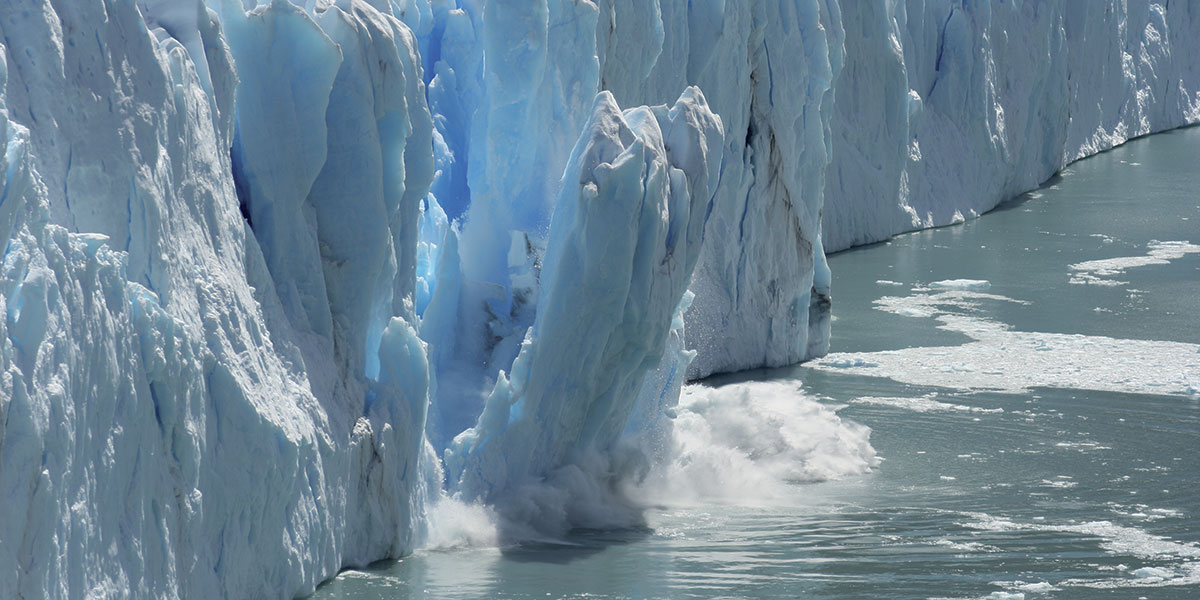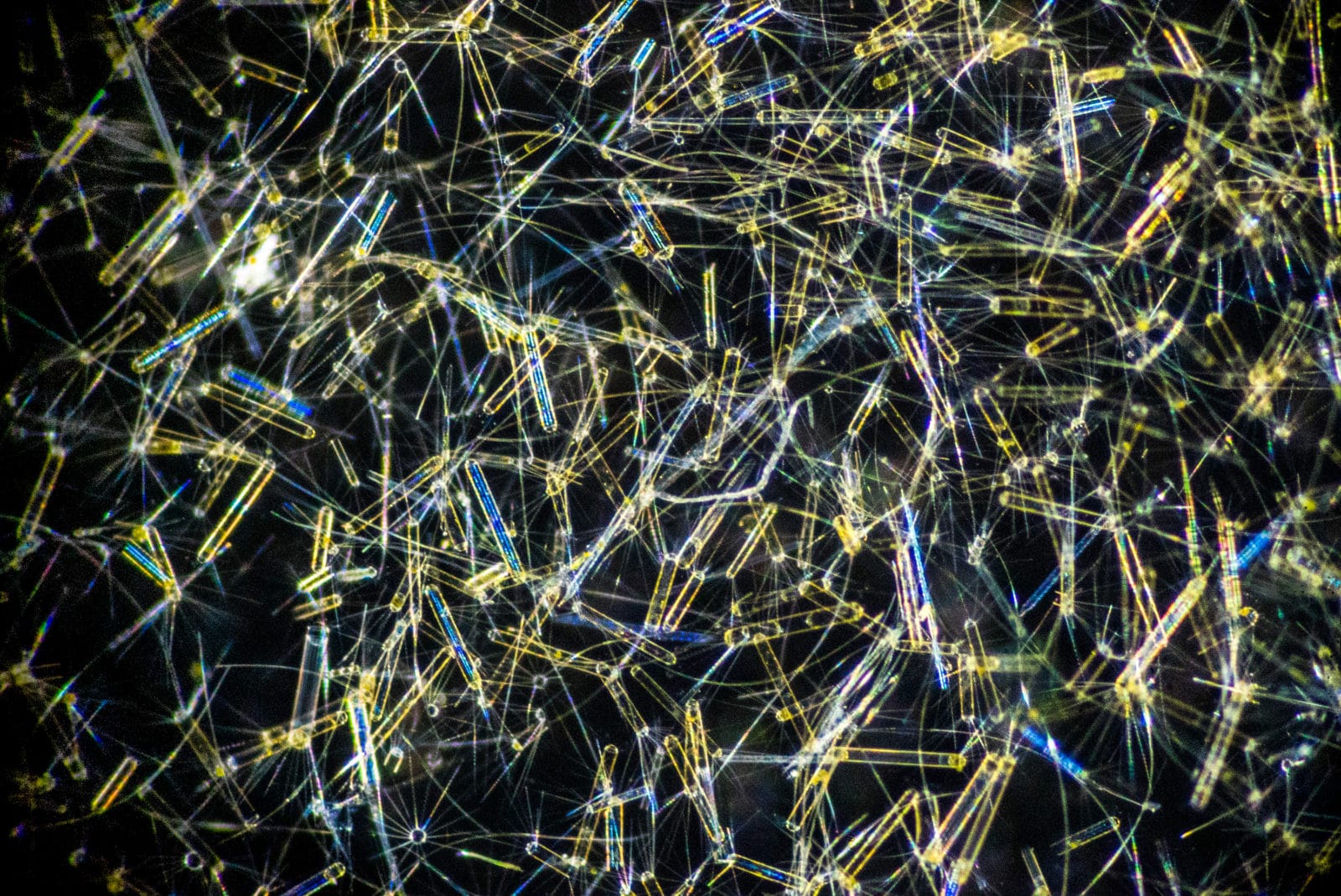



Brief description and intermediate results
The role of carbon dioxide (CO2) in controlling global climate is now well established. The amount of CO2 in the atmosphere is however dwarfed by the proportion in the deep ocean by a factor of 60. Photosynthesis at the ocean surface by the invisible forest -phytoplankton- contributes up to half of photosynthesis on Earth and half of the oxygen we breathe. In the process, it draws CO2 from the atmosphere and converts it to organic carbon, which then settles to the deep ocean, and ocean floor where it is isolated from the atmosphere for thousands to millions of years. This process of carbon export, named the “oceanic biological pump”, in great part controls the distribution of carbon between the atmosphere and the deep ocean, and therefore influences climate over geological timescales.

How the oceanic biological pump will respond to climate change is unclear and because it is an important vector for CO2 transfer to the deep ocean, a small change in its activity could in turn significantly influence climate. It is particularly important in Antarctica because it influences global oceanic productivity – water masses from the Southern ocean provide essential nutrients to extrapolar regions. With a high biodiversity richer than a tropical forest, this invisible forest therefore provides invaluable services including regulating climate and supporting Antarctic ecosystems from krill to whales. In light of these critical roles, it is alarming to note that we have a very limited understanding of Antarctic plankton communities and their impact on carbon cycling. This can be in part attributed to sparse discrete sampling of this remote region and limited taxonomic resolution of traditional methods.
To address this issue, a pioneering research team working at the nexus of biogeochemistry and bioinformatics deployed various approaches on the ACE Expedition. Each team member brought a unique set of skills. The lab of lead PI Cassar deployed a shipboard mass spectrometer (nXT EIMS) for underway estimates of net community production, a method recently developed in our lab. Together with the lab of co PI Maignien they will identify microbial diversity patterns associated with carbon cycling evaluated by next generation environmental DNA sequencing methods, including picoeukaryotes, Bacteria and Archaea community structure. High resolution bioinformatics tools recently developed by our team members will allow characterization of planktonic community composition down to the ecotype level and reconstruct genomes of key microbial popualtions. Our observations will ultimately allow to explore, at unmatched spatial scales while sailing around Antarctica, how changes in plankton communities regulate oceanic fluxes of energy and mass. We have collected hundreds of concurrent net community production and plankton observations from this exceptional Antarctic circumnavigation expedition. In order to analyze these large datasets, we will apply data mining techniques akin to ‘Big Data’ analytics in social media and healthcare. With oceanic ‘Big Data’, we can diagnose the health of our oceans, identifying plankton species, characteristics, and interactions key in predicting Antarctic carbon export.
Our oceans are facing unprecedented change. It is increasingly important to better understand the influences of phytoplankton community on carbon cycling if we are to predict future changes associated with climate change, and to make wise decisions/policies for a sustainable future. This is especially important in the Southern Ocean, a region with disproportionate influence on our climate. By shedding light into the invisible forest, our research will lead to a more mechanistic understanding of Antarctic carbon cycling and our climate.

Nicolas Cassar
Duke University and LabexMER-IUEM, (USA & France)
Antarctic Circumpolar Study of the relation of Carbon Export Production to Plankton Community Characteristics
- Duke University-LabexMER IUEM (USA / France)